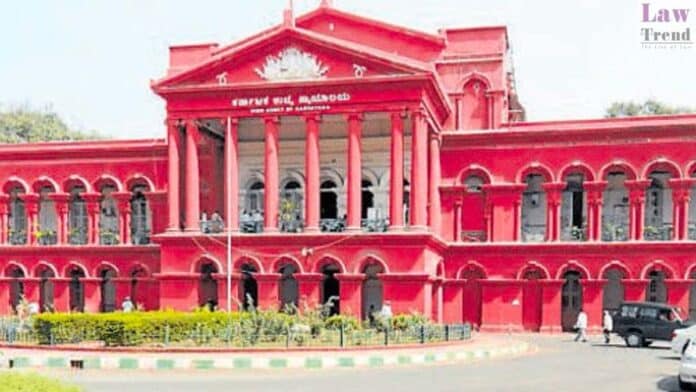Social media platform X (formerly Twitter) has told the Karnataka High Court that it received 29,118 government requests for content removal between January and June 2025 and complied with 26,641 of them, reflecting a 91.49% compliance rate. The company said these figures contradict a single judge’s September 24 observation that the platform intends to defy Indian law.
The data forms part of X Corp’s writ appeal challenging the judgment that upheld the Union government’s ‘Sahyog’ portal — a confidential online system through which government agencies issue takedown directions to intermediaries.
In its appeal, X contended that central and state authorities are unlawfully invoking Section 79(3)(b) of the Information Technology Act, 2000, alongside Rule 3(1)(d) of the Information Technology (Intermediary Guidelines and Digital Media Ethics Code) Rules, 2021, to direct removal of online content.
The platform argued that these provisions do not authorise blocking orders and that Section 69A of the IT Act is the only statutory mechanism for content blocking in India — a framework upheld by the Supreme Court in Shreya Singhal v. Union of India (2015).
X characterised Section 79 as a mere “safe harbour” that protects intermediaries from liability for third-party content, not a source of executive power to demand takedowns.
X also questioned an internal Ministry of Electronics and Information Technology (MeitY) memorandum dated October 31, 2023, which allegedly authorised thousands of officials across ministries and state governments to issue blocking directions under Section 79(3)(b) and Rule 3(1)(d).
According to the company, this bypasses the strict statutory safeguards of Section 69A, such as:
- reasoned written orders
- limited grounds under Article 19(2) of the Constitution
- procedural protections in the 2009 Blocking Rules
It further alleged that the Ministry of Home Affairs, acting on MeitY’s instructions, set up the confidential ‘Sahyog’ portal to facilitate such takedown requests without statutory backing, enabling censorship “without due process”.
X claimed that several takedown directions issued via this mechanism targeted political criticism, news reporting, parody, and other lawful speech, contrary to constitutional protections.
The company maintained that Rule 3(1)(d) does not contain any of the checks that Parliament built into Section 69A and cannot serve as a parallel blocking route. Allowing the government to use a less rigorous mechanism, X argued, violates Article 14 and renders Section 69A meaningless.
It said the single judge failed to consider these constitutional implications and misapplied the Shreya Singhal judgment, wrongly concluding that it had been diluted after the 2021 IT Rules replaced the 2011 regime.
X stressed that Shreya Singhal remains binding because the statutory provisions it interpreted — Sections 69A, 79 and the 2009 Blocking Rules — remain unchanged.
The appeal seeks to overturn the single judge’s September ruling and to restrict content-blocking directions strictly to the Section 69A mechanism. The Karnataka High Court is expected to continue hearing X Corp’s challenge to the validity and functioning of the ‘Sahyog’ portal in the coming weeks.







